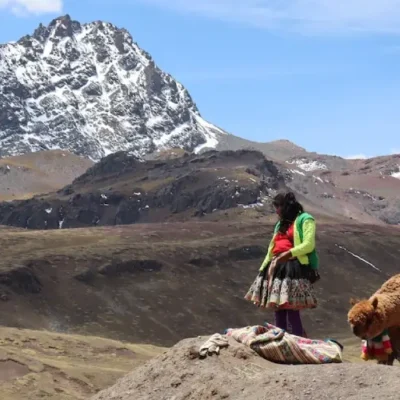The Ausangate Trek is one of Peru’s most spectacular hikes, offering panoramic views of the Andes, turquoise glacial lakes, and a chance to encounter traditional Quechua-speaking communities. Unlike the more crowded Salkantay or Inca Trails, Ausangate offers solitude and a deep connection with nature.c
As you traverse the Ausangate route, you’ll encounter diverse flora and fauna that make this trek a photographer’s paradise. From the hardy ichu grass that carpets the high-altitude plains to the elusive Andean fox and majestic condor, each step offers a new discovery. For wildlife enthusiasts and photographers, the trek provides ample opportunities to capture the raw beauty of the Andes.
Overview of the Trek and Its Significance
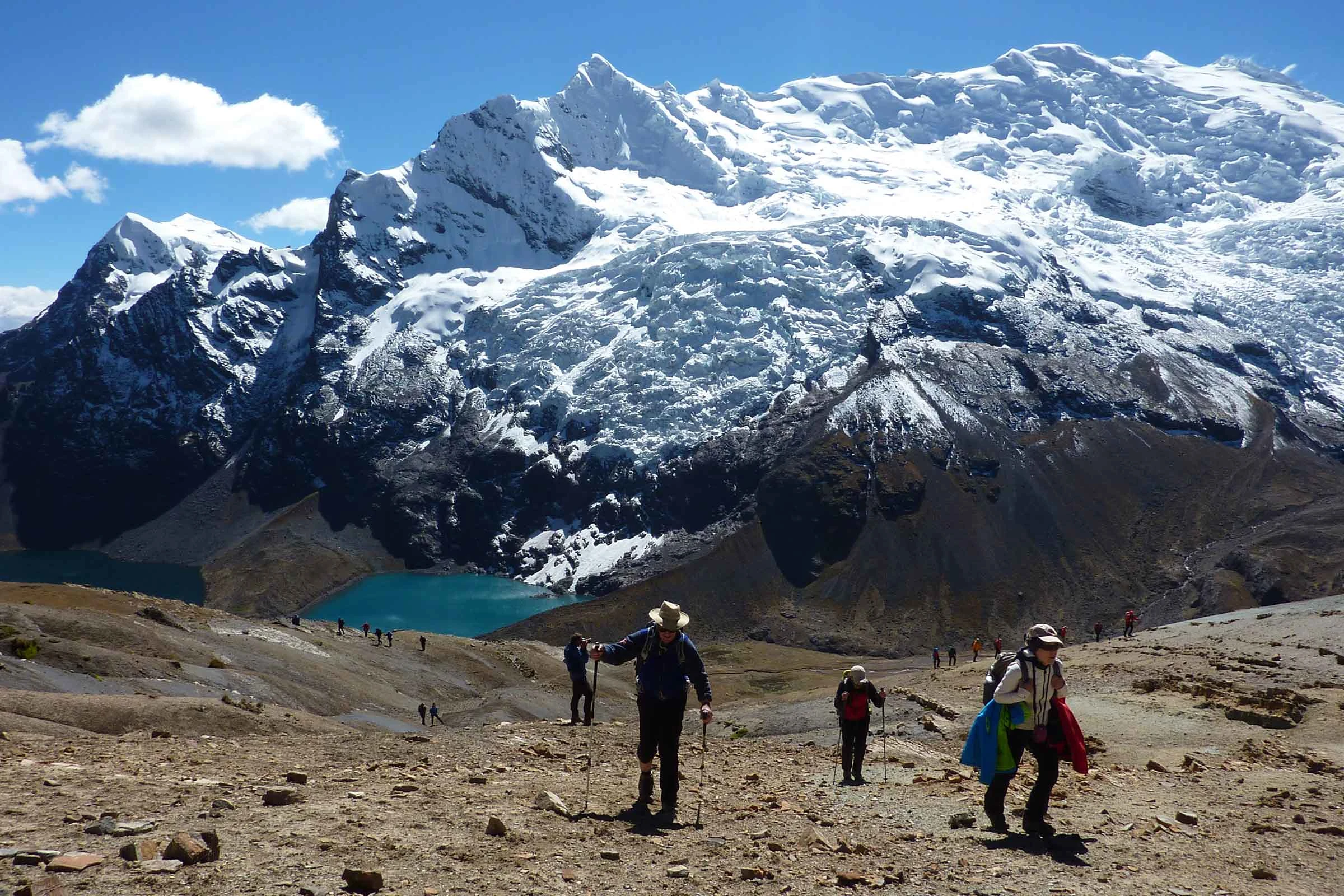
In the lower altitudes, you’ll find lush fields brimming with wildflowers and a variety of bird species. The Andean tinamou and the giant hummingbird flit among these flowers, offering a vibrant display of color and life. As you ascend, the landscape transforms into a rugged terrain where resilient plants like the mountain cacti and the rare Polylepis trees survive the harsh conditions.
The trek allows you to immerse yourself in the rich traditions of the Andean people. Passing through Quechua villages, you can witness daily life where ancient customs are still practiced. Interacting with locals offers insights into their unique weaving techniques and agricultural practices.
During the trek, you may have the opportunity to participate in local festivals if your timing is right. These events are a spectacle of color and music, showcasing traditional dances and attire. Engaging with the community provides a deeper appreciation for the region’s cultural heritage and enhances your overall experience.
Flora and Fauna Along the Trek
One of the most appealing aspects of the Ausangate Trek is the sense of solitude it offers. Unlike more popular trails, you’ll find fewer trekkers, allowing for a more intimate experience with nature. This tranquility is perfect for reflection and rejuvenation.
As you trek through the remote landscapes, the silence is only interrupted by the wind and the occasional call of wildlife. This peaceful environment is ideal for meditation or simply enjoying the beauty of the surroundings without distraction. For those seeking a break from the hustle and bustle of daily life, the Ausangate Trek offers a serene escape.
The Ausangate Trek is not for the faint-hearted, demanding a good level of fitness and an ability to handle high altitudes. At its peak, you’ll reach elevations over 16,000 feet, so it’s crucial to spend a few days acclimatizing in Cusco or nearby areas before setting off. This preparation can help mitigate altitude sickness, a common challenge for trekkers.
Engage in cardiovascular exercises such as running, cycling, or swimming to build stamina. Strength training focusing on your core and legs will also be beneficial. These exercises should be part of your routine at least a few months before your trek to ensure you are physically prepared.
Physical Fitness and Acclimatization
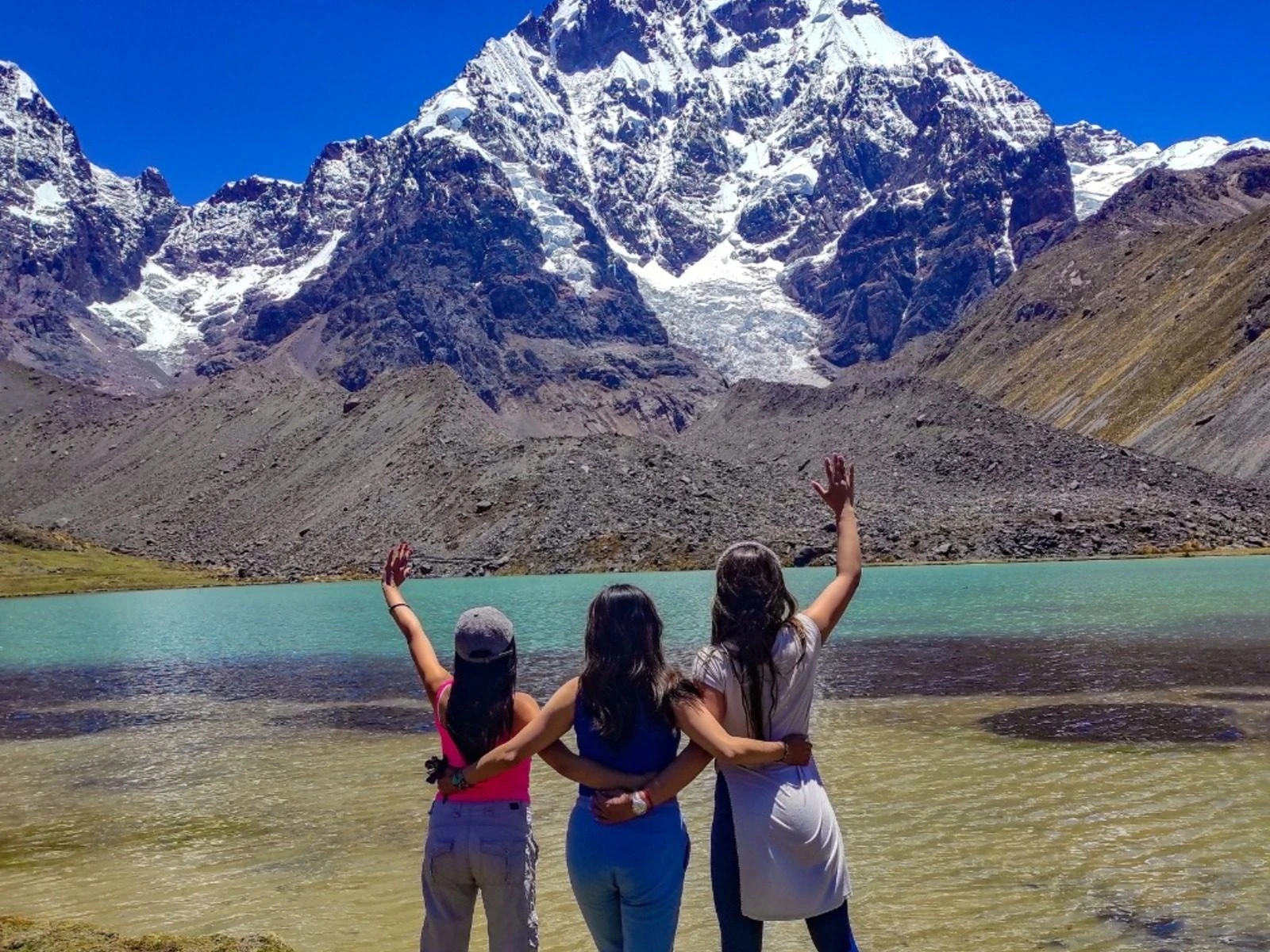
Acclimatization is equally important. Spend time in high-altitude locations like Cusco to allow your body to adjust. Engage in light activities such as short hikes to help your body adapt. Hydration is key, so drink plenty of water and avoid alcohol and caffeine during this period.
Packing Essentials for the Ausangate Trek
Packing wisely is key to a successful trek. Here’s a basic checklist to get you started:
- Clothing: Layer up with moisture-wicking base layers, insulated jackets, and waterproof outerwear. Don’t forget gloves and a warm hat.
- Footwear: Invest in quality hiking boots with good ankle support.
- Backpack: A sturdy, comfortable backpack with a rain cover is essential.
- Miscellaneous: Sunglasses, sunscreen, trekking poles, and a reusable water bottle are must-haves.
Weather Conditions
Consider the weather conditions you’ll encounter on the trek. The temperature can vary significantly, so prepare for both warm days and cold nights. Pack thermal clothing to stay warm during chilly evenings and early mornings. An emergency bivy or space blanket can be a lifesaver in unexpected weather changes.
Don’t overlook the importance of a good-quality sleeping bag suitable for cold weather. A sleeping pad adds an extra layer of insulation from the cold ground. Ensure your backpack is comfortable and fits well, as you’ll be carrying it for long hours each day. Organize your gear in waterproof bags to keep everything dry in case of rain.
Miscellaneous Gear and Supplies
Before embarking on your trek, ensure you’re up-to-date with vaccinations recommended for travel to Peru. Consult with your doctor or a travel health specialist to discuss necessary immunizations such as hepatitis A and B, typhoid, and yellow fever.
It’s also advisable to carry a basic first-aid kit. Include essentials like band-aids, antiseptic wipes, and any personal medications. Altitude sickness medication, such as acetazolamide, can be beneficial, but consult your doctor first. Keeping a small supply of rehydration salts and anti-diarrheal tablets can help tackle minor health issues during the trek.
The 5-Day Ausangate Trek Itinerary
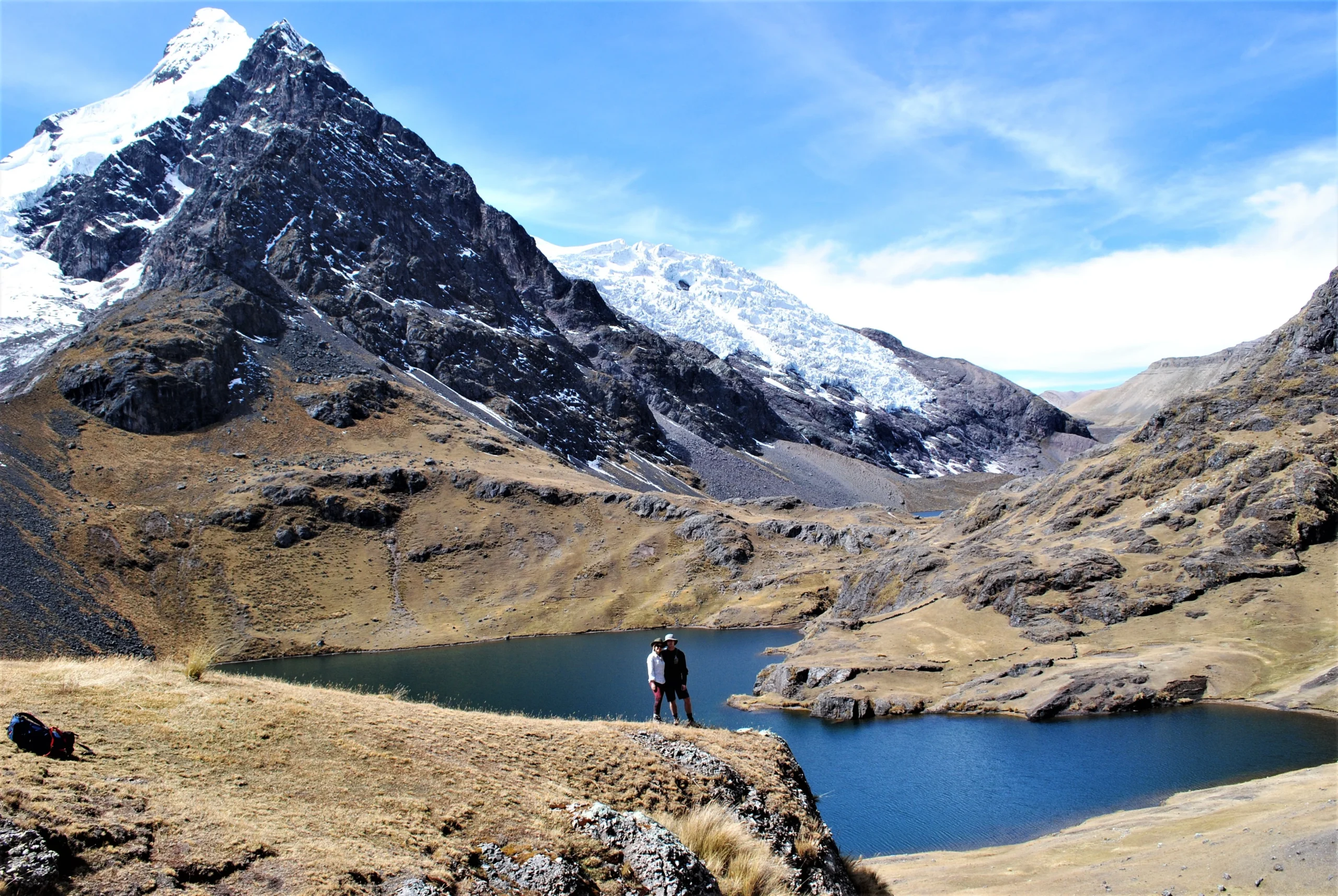
The Ausangate Trek typically spans five days, allowing you to savor each moment without feeling rushed. Here’s a snapshot of a 5-day itinerary:
- Day 1: Cusco to Upis Camp Begin your journey with a drive from Cusco to the trailhead. Hike to Upis Camp where natural hot springs await to soothe your muscles. The initial trek is moderate, offering stunning views of snow-capped peaks.
- Day 2: Upis to Pucacocha Trek over the Arapa Pass and descend to the serene Pucacocha Lake. Enjoy the vivid colors of the lake, perfect for photography. This day involves a challenging ascent, but the panoramic views from the pass are rewarding.
- Day 3: Pucacocha to Anantapata Cross the Palomani Pass, the trek’s highest point, and take in panoramic views of the snow-capped peaks before reaching Anantapata. The descent to Anantapata offers a chance to spot wildlife and enjoy the tranquility of the landscape.
- Day 4: Anantapata to Ausangatecocha Pass through the picturesque Red Valley, offering unique geological formations. Arrive at Ausangatecocha for a night under the stars. The Red Valley’s vibrant hues and unusual rock formations make it a highlight of the trek.
- Day 5: Ausangatecocha to Pacchanta and Return to Cusco Conclude your trek with a descent to Pacchanta, where another set of hot springs provides a relaxing end to your adventure. The final leg of the trek offers a gentle walk through verdant valleys and traditional villages.
Engaging with Local Communities
The trek not only offers natural beauty but also cultural richness. Engage with local communities to learn about their traditions, weaving techniques, and daily life in the Andes. This interaction provides a deeper understanding of the region’s cultural heritage, which is invaluable for researchers and travelers alike.
Participation in community activities, such as traditional weaving demonstrations, can enrich your experience. Witnessing these age-old techniques offers a glimpse into the artisanship that has been passed down through generations. Sharing meals with local families provides insight into the traditional Andean diet and lifestyle.
Language exchange is another rewarding aspect of interacting with locals. Even basic knowledge of Quechua or Spanish can enhance communication and show respect for the local culture. This effort is often appreciated and can lead to more meaningful exchanges and friendships.
Planning Your Visit to Machu Picchu
The Ausangate Trek presents challenges that require mental resilience and adaptability. Weather conditions can change rapidly, and physical exhaustion can set in, but each obstacle is an opportunity to embrace the adventure and test your limits.
Planning for contingencies, such as unexpected weather or minor injuries, ensures you’re prepared for surprises. This mindset helps you tackle challenges with a positive attitude and enjoy the journey despite difficulties. Each day’s trek is a new adventure, offering unique landscapes and experiences that make the effort worthwhile.
Dealing with Altitude Sickness
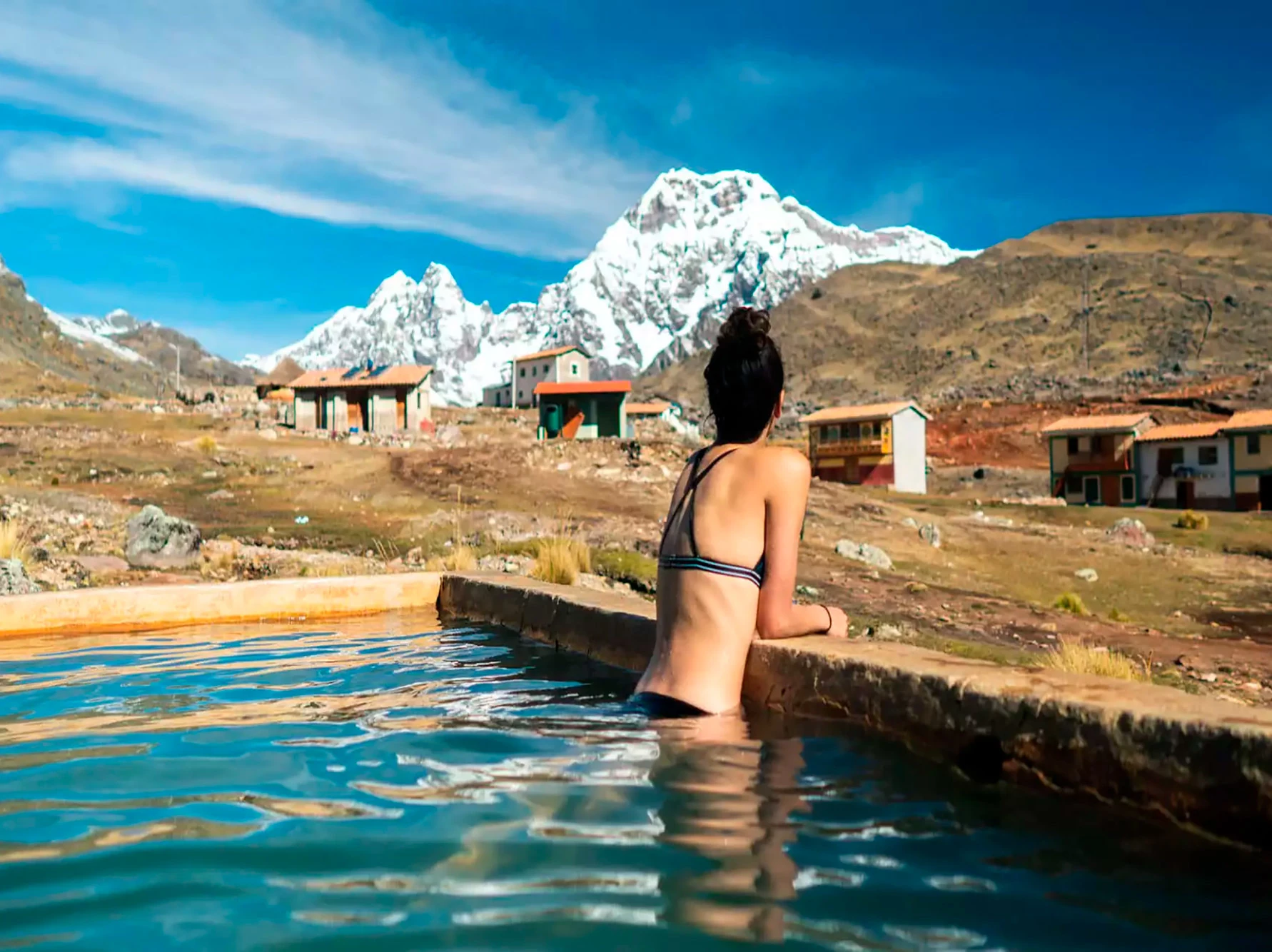
Altitude sickness can affect anyone, regardless of fitness level. Stay hydrated, ascend slowly, and consider medications such as acetazolamide (Diamox) if recommended by your doctor. Recognizing symptoms early, such as headaches and nausea, can prevent more serious complications.
It’s important to listen to your body and rest when needed. If symptoms of altitude sickness appear, descend to a lower altitude quickly. Acclimatization days in Cusco can reduce the risk, but being prepared and vigilant is crucial throughout the trek.
Respect the pristine environment by practicing Leave No Trace principles. Carry out all waste, avoid disturbing wildlife, and stick to designated trails. Supporting local guides and communities also contributes to sustainable tourism.
Sustainable Tourism
Minimize your impact by using eco-friendly products, such as biodegradable soap and reusable water bottles. Avoid single-use plastics and opt for reusable bags and containers. By choosing responsible trekking companies, you ensure that your presence supports conservation efforts and local economies.
Safety is paramount on any trek. Inform someone about your itinerary and expected return date. Carry a map, compass, and GPS device for navigation. A satellite phone or a personal locator beacon can be invaluable in emergencies.
Travel with a reputable guide or join a group for added security. Guides are familiar with the terrain and can offer assistance in case of difficulties. Always follow their instructions and adhere to safety protocols to ensure a safe and enjoyable trek.
No trip to Peru is complete without hiking Machu Picchu. After completing the Ausangate Trek, consider extending your adventure with a visit to this iconic archaeological site. Whether you reach it via the train from Cusco or the Classic Inca Trail, Machu Picchu’s grandeur is a fitting finale to your Andean exploration.
Advance planning is essential for visiting Machu Picchu. Tickets sell out quickly, especially during peak season, so book in advance. Decide whether you’ll hike the Inca Trail, take a train, or opt for alternative routes like the Salkantay Trek to reach the site.
Enhancing Your Experience with a Guide
Consider hiring a knowledgeable guide to enhance your understanding of the site’s history and significance. A guided tour provides context and stories that bring the ruins to life. Allocate ample time to explore the site, allowing for both guided exploration and personal reflection.
Machu Picchu’s allure lies in its mystery and breathtaking beauty. As you wander through the ancient ruins, imagine the lives of the Inca who once inhabited this remarkable city. The site’s architecture and alignment with astronomical events are a testament to their engineering prowess.
The sunrise over Machu Picchu is an unforgettable experience. Arriving early allows you to witness the first light illuminating the stone structures and surrounding peaks. This magical moment is a reminder of the enduring legacy of the Inca civilization.
Reflecting on Your Ausangate Trek Experience
Coordinate your visit to Machu Picchu with the end of your Ausangate Trek for a seamless transition. Consider spending a night in Aguas Calientes, the town at the base of Machu Picchu, to rest and prepare for your exploration. This overnight stay offers a chance to enjoy the local culture and cuisine.
The Ausangate Trek is a challenging yet rewarding journey that promises unforgettable memories. With careful planning and the tips provided here, you’ll be well-prepared to enjoy the trek’s natural wonders and cultural treasures. Whether you’re capturing stunning photographs, conducting research, or simply seeking an escape from the everyday, the Ausangate Trek offers a truly enriching experience.
So lace up your hiking boots, pack your camera, and get ready for an adventure of a lifetime in the heart of the Andes. Happy trekking!











